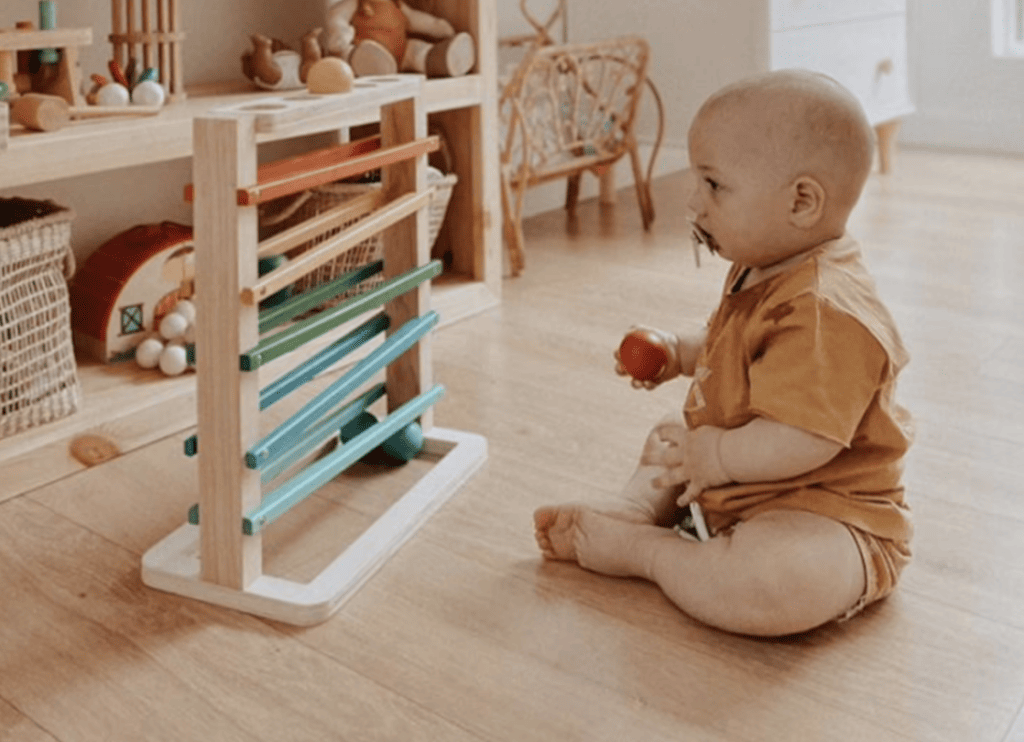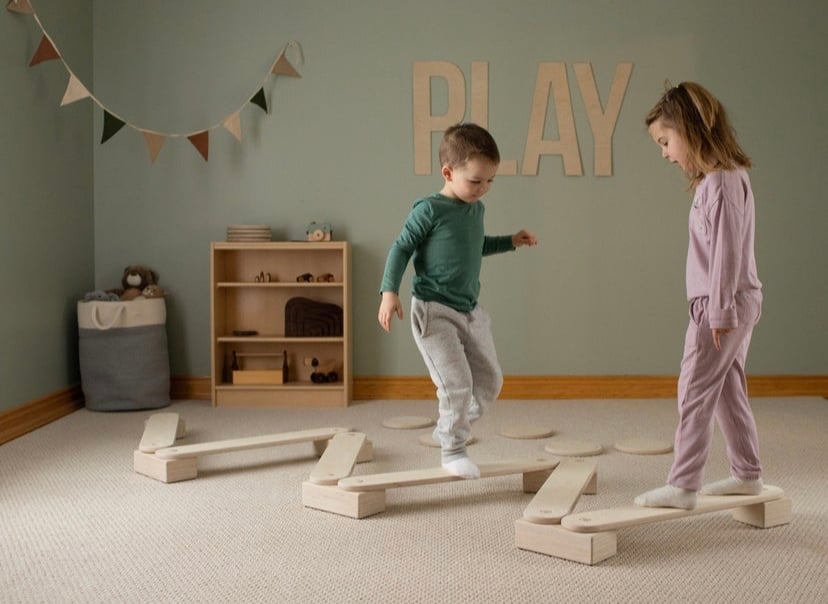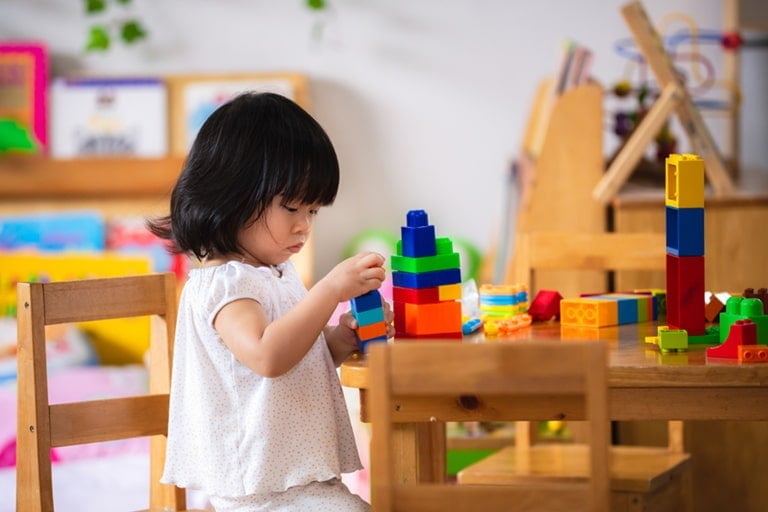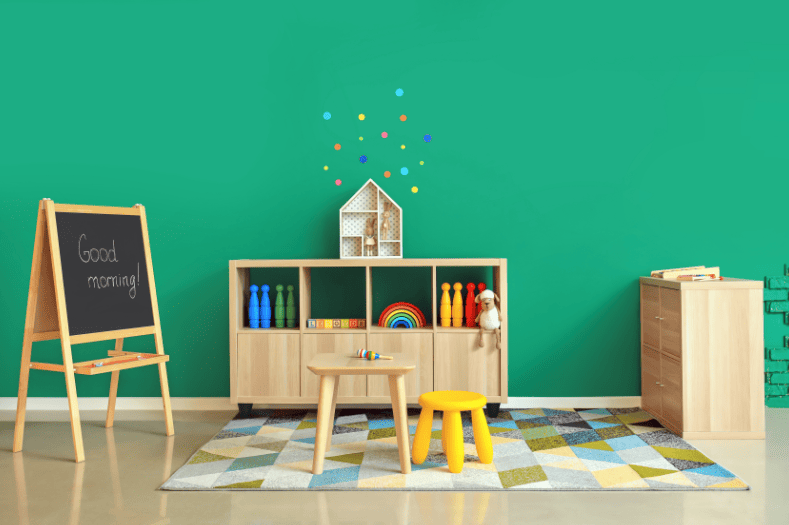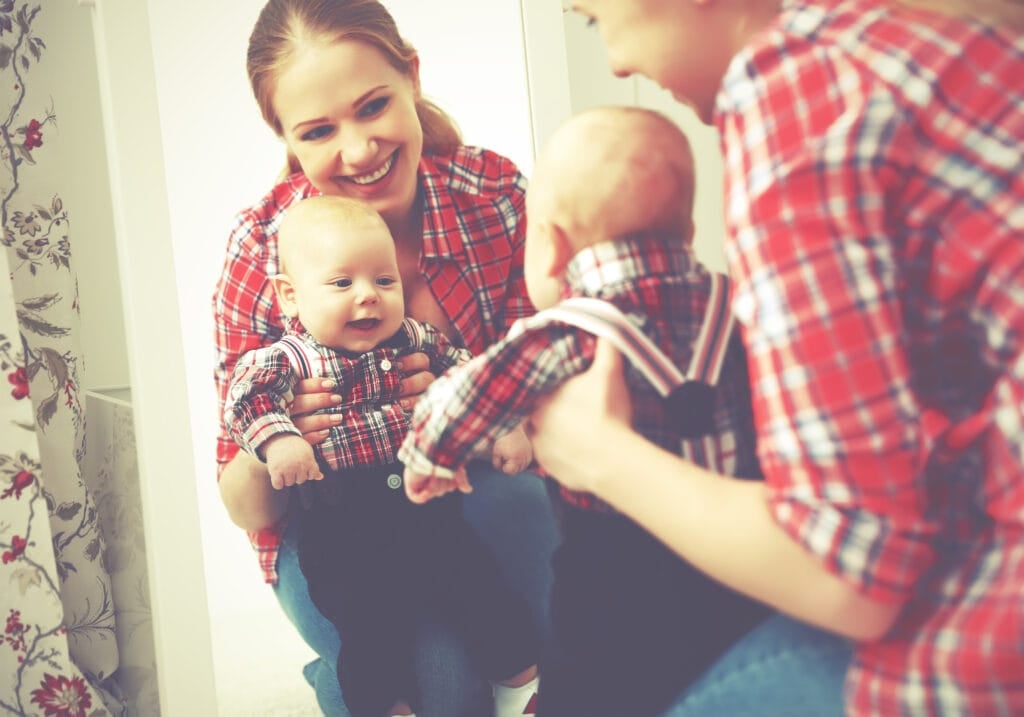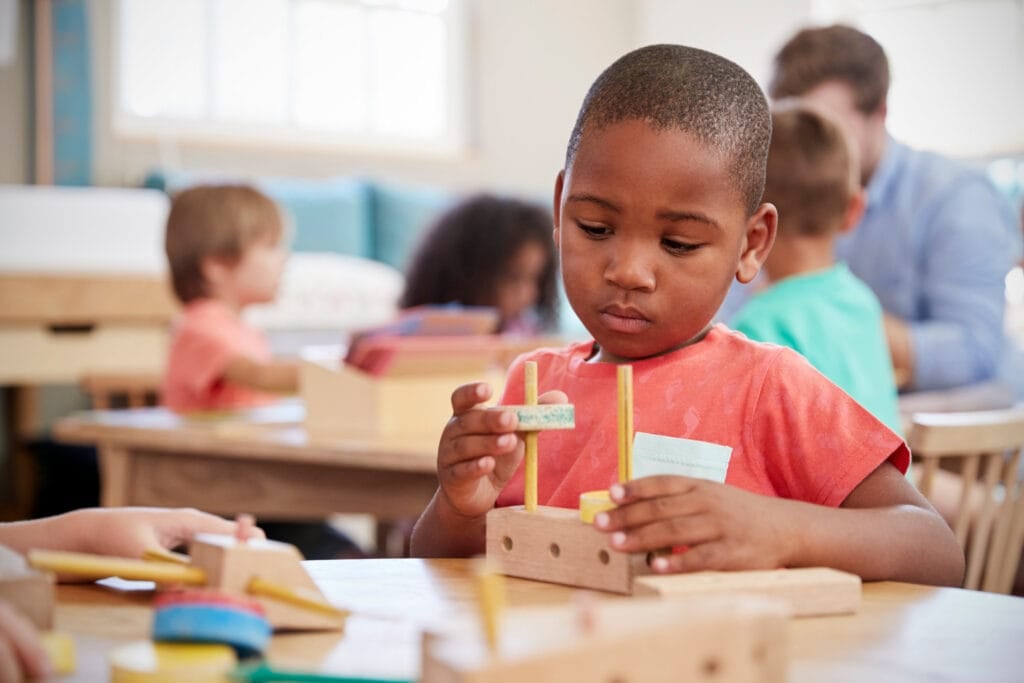The
The flexibility and creativity that the
Let’s learn more about what materials you have around the house that can be turned into incredible
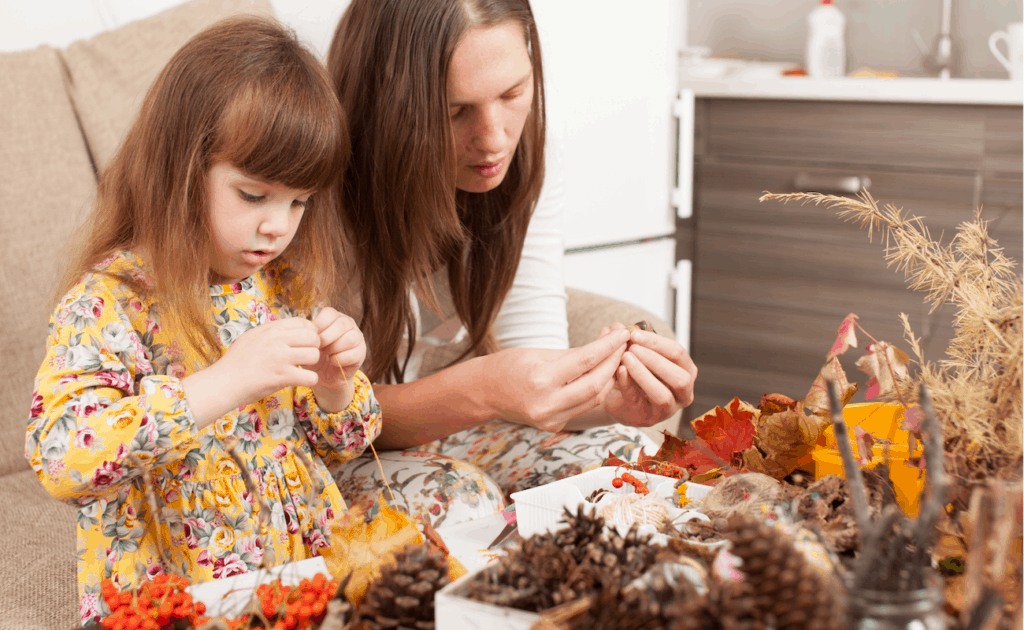
Common Montessori Materials
Each room in the house has items and materials naturally incorporated into it or used by inhabitants that can be repurposed, either briefly or permanently, to recreate the holistic
- Writing materials
- Paper/ building materials
- Food and food items/ containers
- “Odds and ends” around the house
- Clothing and fabric
- Wood and other items from nature
Learning about common
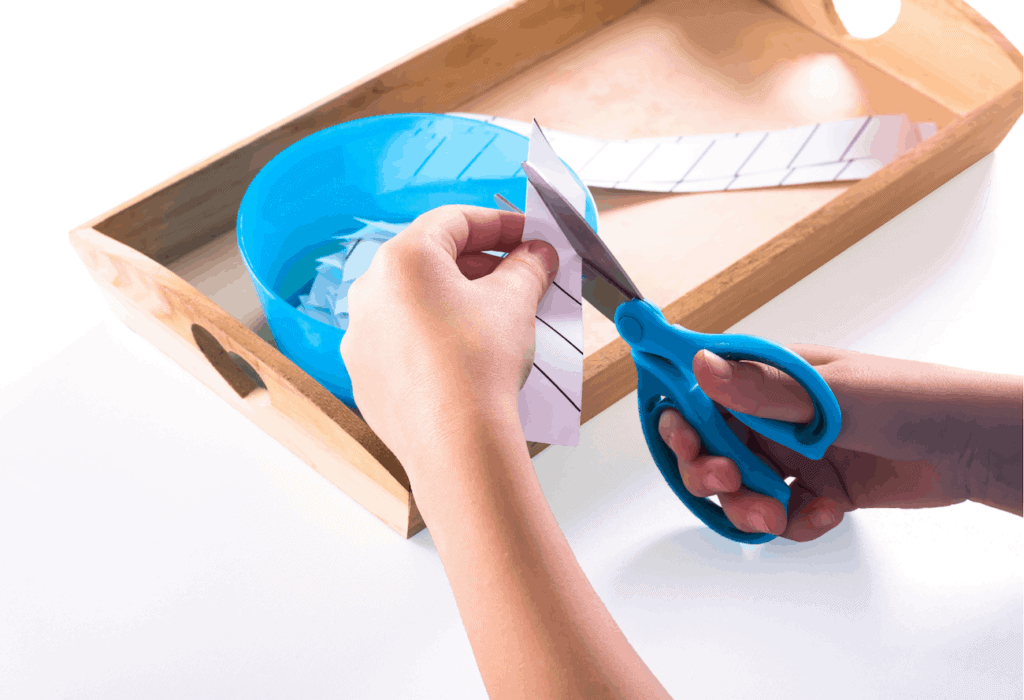
Common Montessori Activities To Do At Home
When considering what you can DIY at home, it’s useful to know about regular
These common and popular Montessori activities discussed below can be easily introduced and created at home. Some mention specific tools, such as a piano or abacus, but other alternatives are provided that may be more feasible and affordable.
- Art Activities – painting, drawing, ceramics, sculpture, jewelry-making, glass blowing, woodworking, knitting and sewing, and more.
- Musical Activities – singing (opera, pop, etc.) dancing (ballet, tap, hip-hop, etc.), playing instruments (pianos, guitars, etc.), and more.
- Science Experiments – making volcanoes, creating slime, digging for fossils, cracking geodes, constructing rockets, and more.
- Interactive Math – using multiplication tables, counting abacuses, sorting beans, piling blocks, connecting legos, and more.
- Animal Interactions – building faux bird nests, constructing diet plans, setting up enclosures, teaching basic obedience, and more.
- Baking and Cooking – mixing ingredients, decorating pastries, making and rolling dough, creating new recipes, and more.
- Puzzles and Games – learning patterns, constructing outlines, practicing strategy, using teamwork, and more.
- Household Chores – sorting laundry, putting away dishes, matching cleaning products to materials, exercising pets, and more.
- Niche Activities – candle-making, waxwork, scrapbooking, flower arrangements, woodworking, and more.
These activities cover a range of abilities, preferences, needs, and current educational level. People of all ages and backgrounds can enjoy and learn from the activities listed above, all of which are physically, mentally, and creatively engaging.
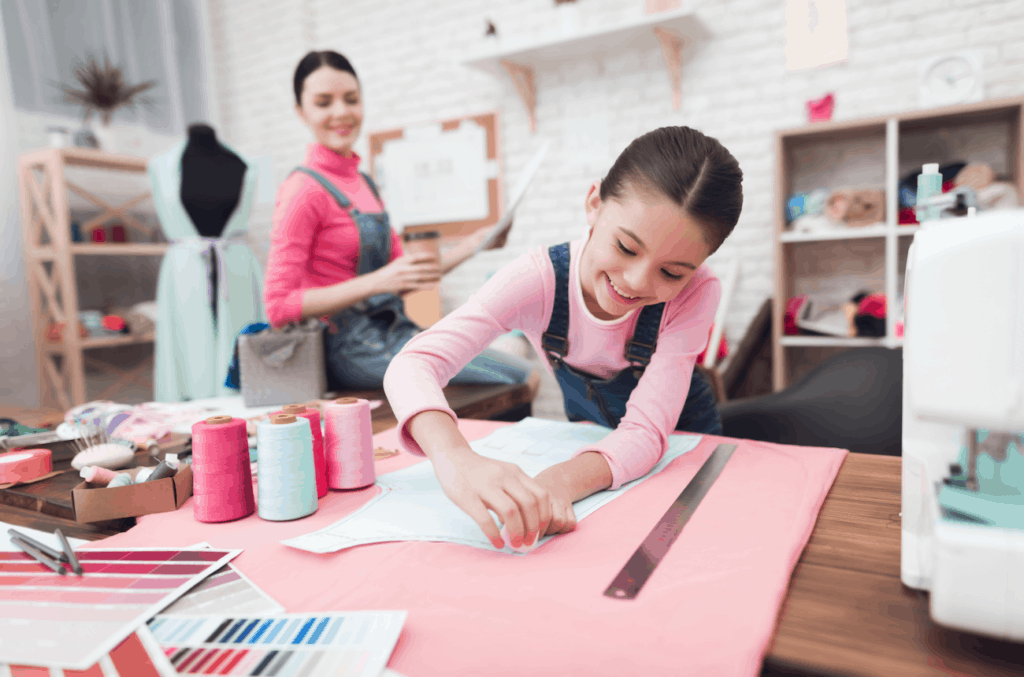
Easy And Affordable DIY Montessori Materials
You may already have some ideas about how you can wrangle these activities into existence using only what you have at home or can easily access, but we’ve also provided a list of DIY materials that can be used to recreate each activity.
Common writing materials include pens, pencils, crayons, markers, colored pencils, paints, etc.
Common building and paper materials include newspaper, printer paper, construction paper, spare envelopes, junk mail, shredded mail or documents, cardboard boxes, delivery packaging containers, etc.
All of the materials listed above and in the tables below and the accompanying examples are full of DIY potential and are accessible to a variety of households and individuals. For an extra
Montessori Materials, Where To Find Them, and What To Do
Art Activities
This is perhaps one of the easiest DIY categories since almost everyone has art materials in their home and almost anything can be used as an art material. The complexity of the art project will vary based on materials and individual abilities, but generally, it’s fun and challenging for people to create art out of both conventional and unconventional materials.
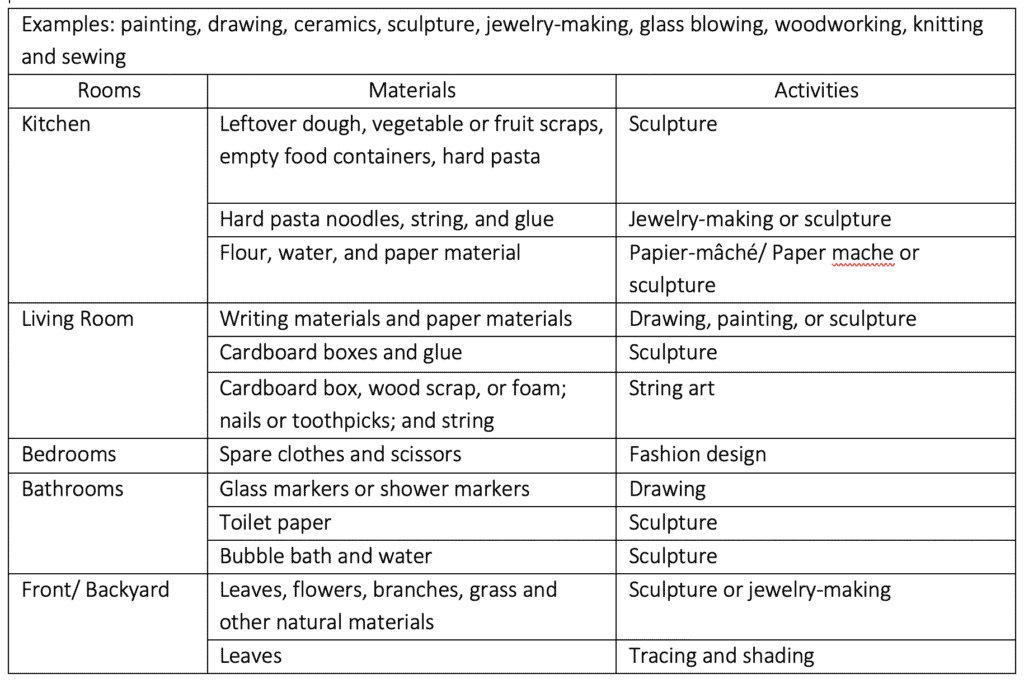
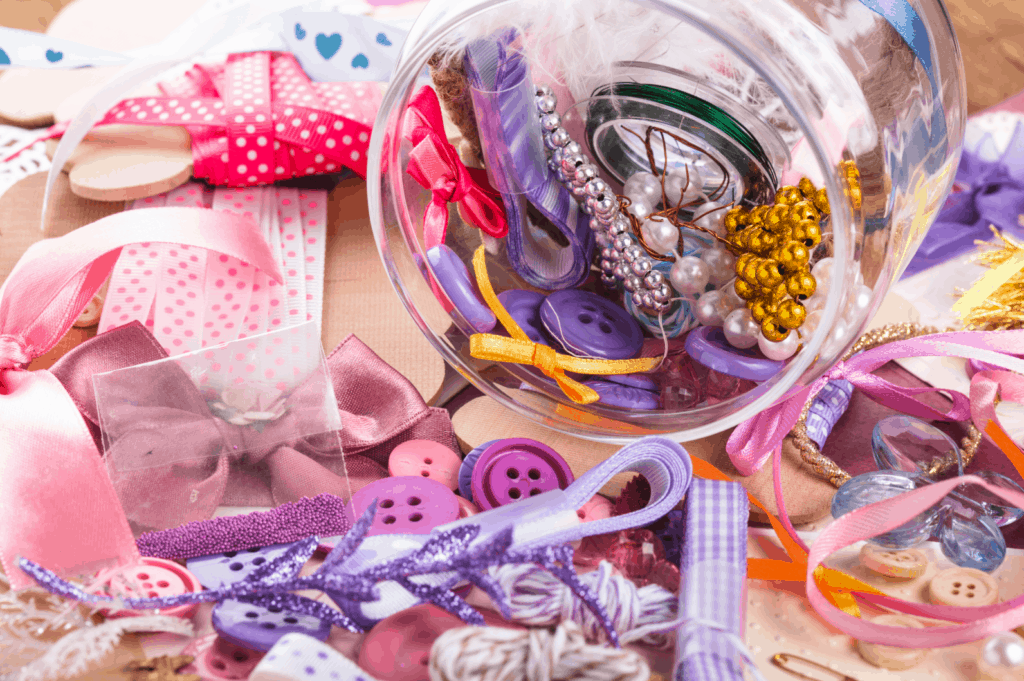
Musical Activities
Similar to art activities, musical activities can be easily done at home. You can take common cooking items like pans and bang out some tunes, or make your own instrument out of items you find in your spare drawers. Other musical activities like singing and dancing require only require one thing: imagination! Luckily, everyone has this.

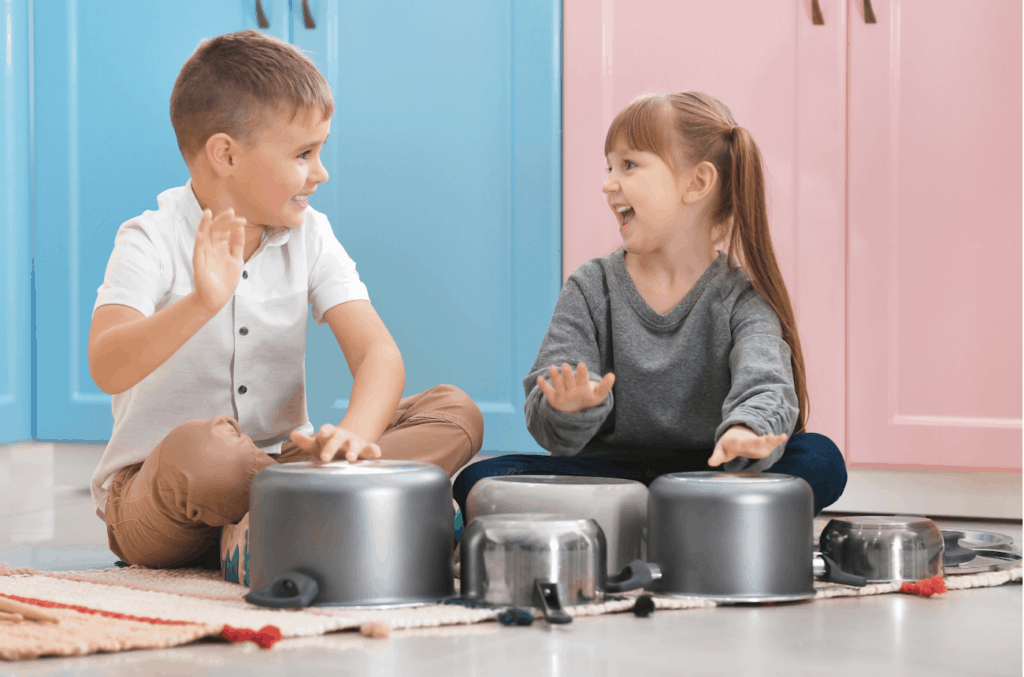
Science Experiments
The materials involved in making DIY science experiments may require more adult supervision, but also produce some of the more challenging and rewarding activities. In addition to constructing the experiments, individuals also have the opportunity to see how the materials interact and the fun results they produce.
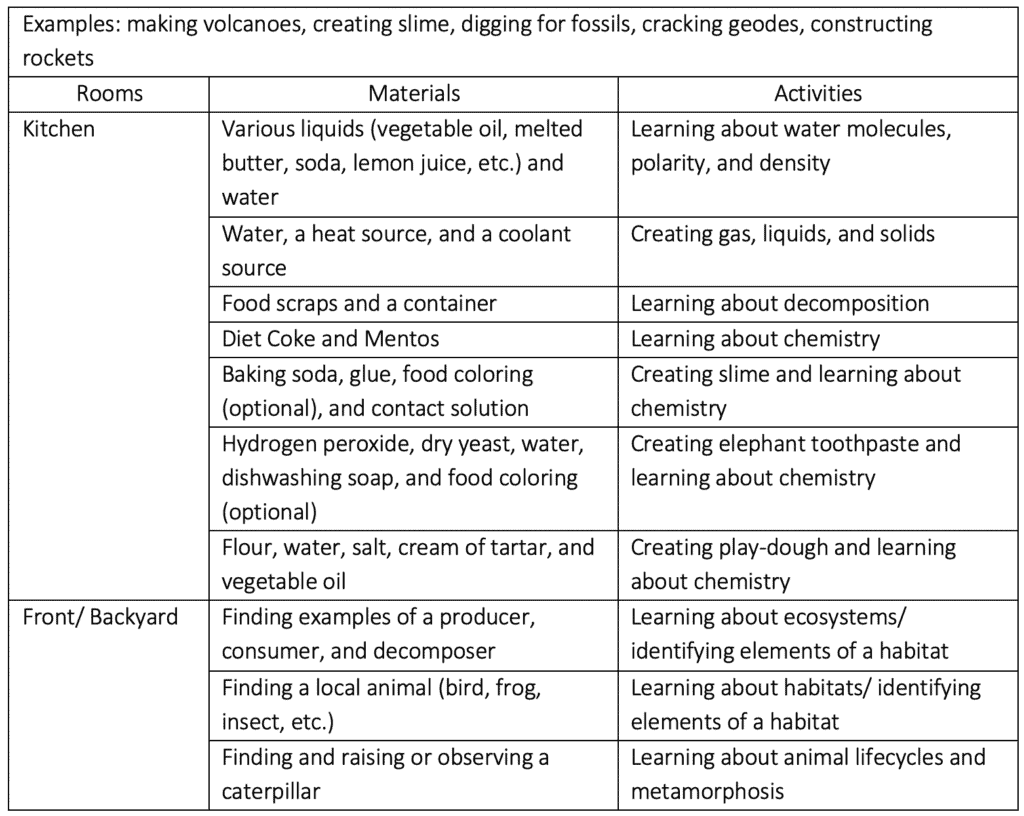
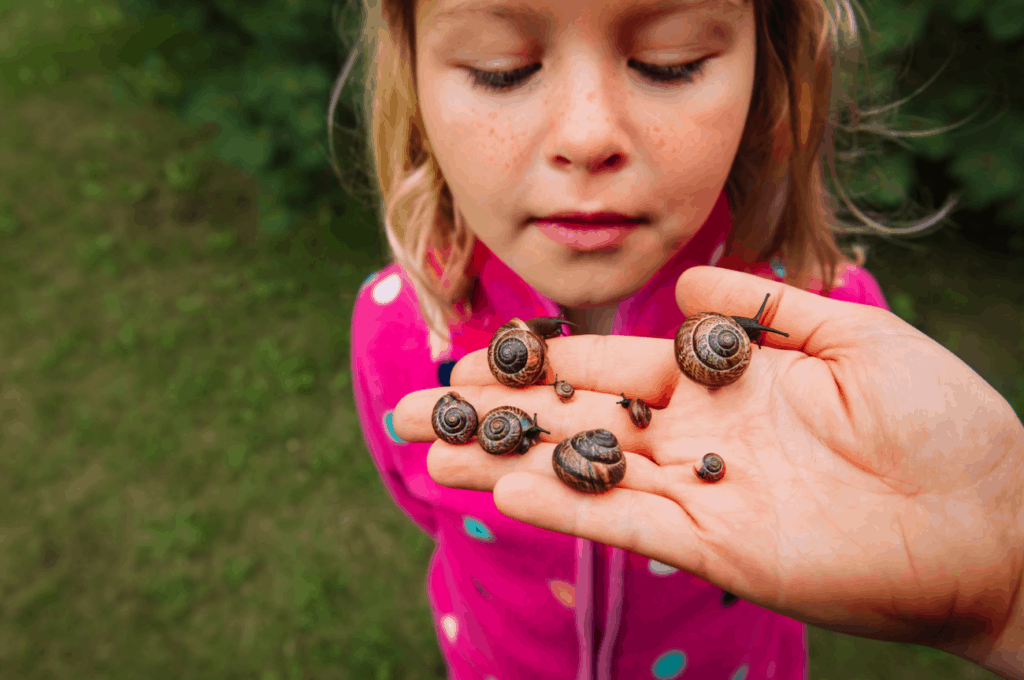
Interactive Math
Math is often considered frustrating or an academic “enemy” for many people, but it can be simple and rewarding. Interactive elements and patient tutorials help turn math from a dreaded activity to a fun pastime. Though more advanced equations and lessons are harder to DIY, algebraic basics can be covered at home.
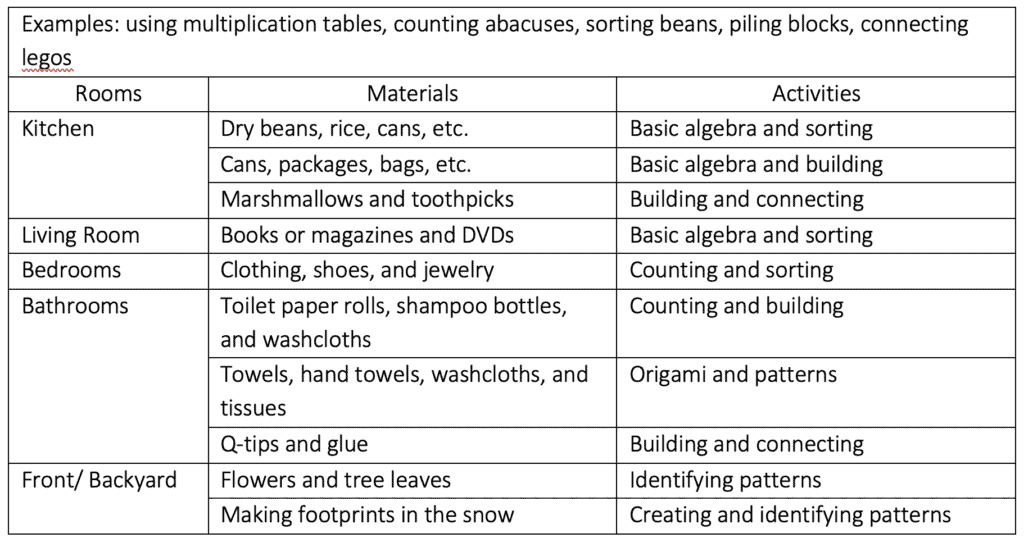
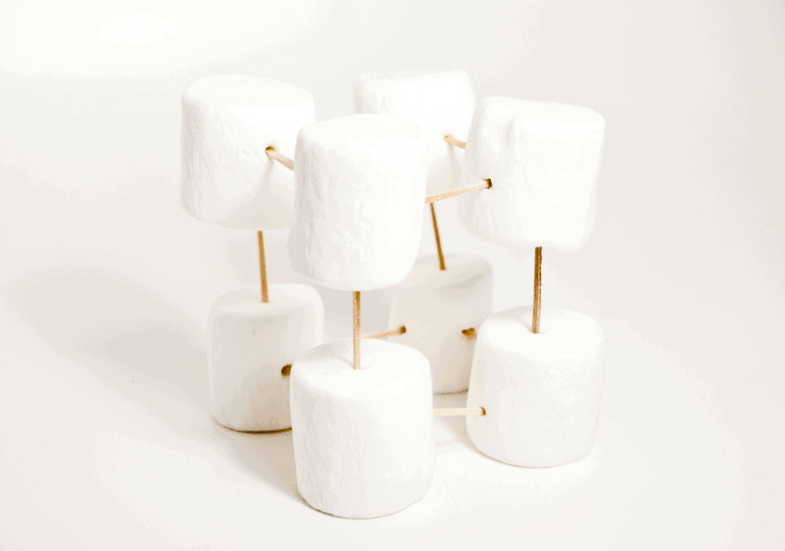
Animal Interactions
Interacting with and learning about animals can be rewarding for any individual, whether or not they or their families actually own pets. Though petting zoos and trips to the aquarium are certainly enriching, they’re definitely not DIY or cheap. So instead of going to see the lions, tigers, and bears (oh my!), check out these alternatives instead.
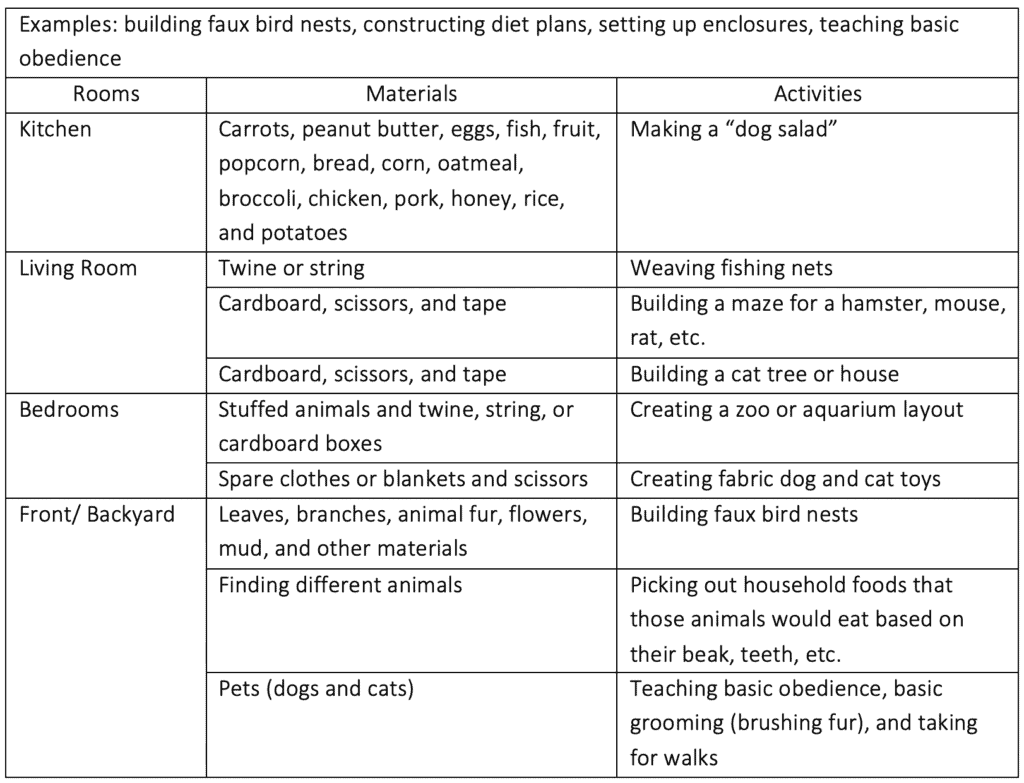
Baking and Cooking
This category technically intersects with two others: chemistry and math. Mixing ingredients and putting them in specific environments (heat, cold, etc.) is chemistry while measuring those ingredients is math. However, this category focuses on the process and results, not the mechanics of them. So grab a spoon, make sure you’re hungry and get ready to cook up some fun!
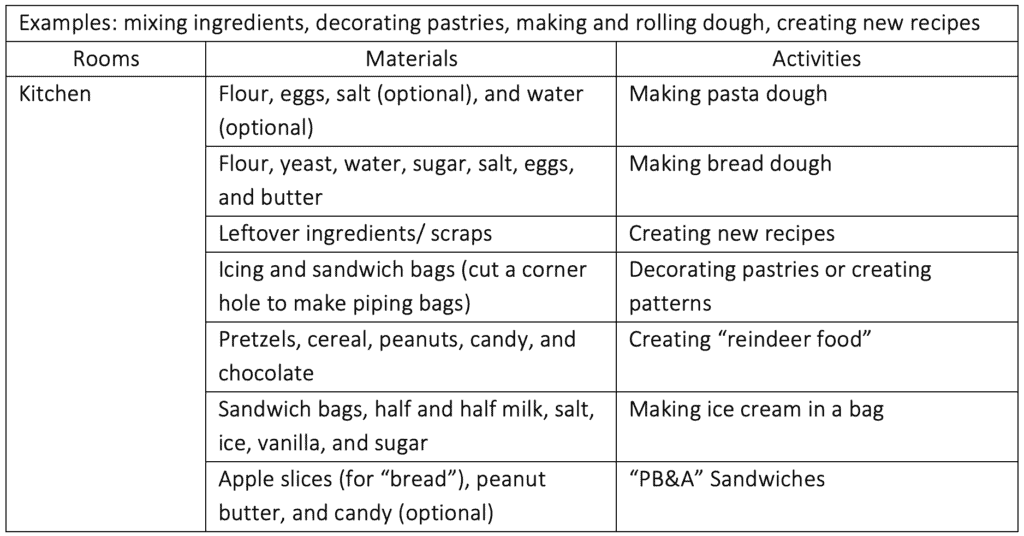
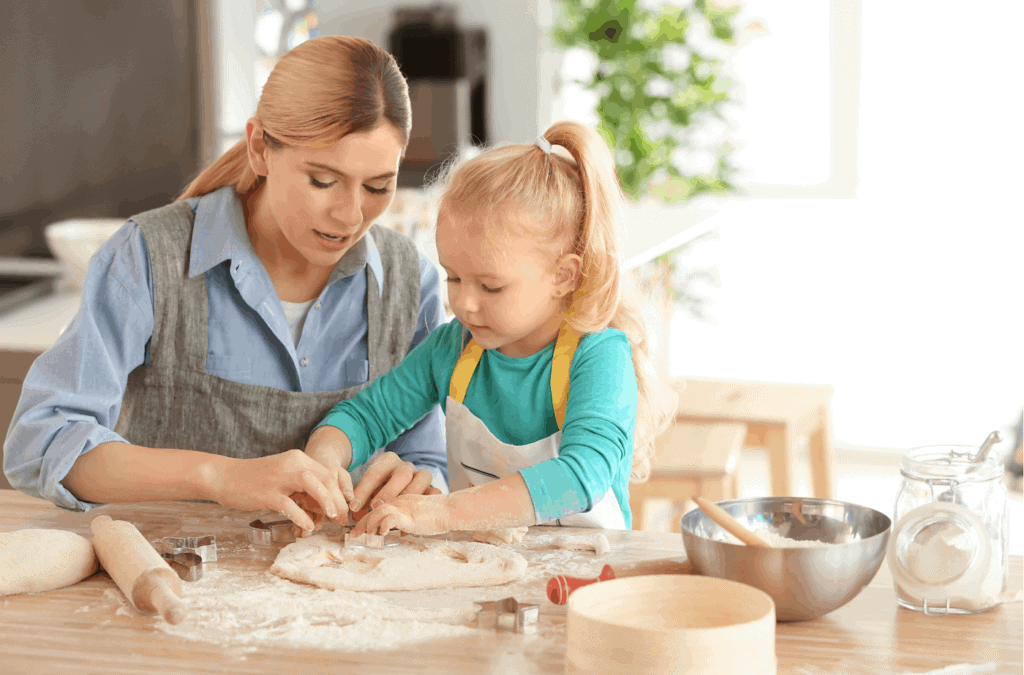
Other DIY Montessori Activities
Puzzles and games, household chores, and niche activities are all rife with DIY possibilities, but are more straightforward and require less explanation, as we’ll dive into below.
There are two ways to incorporate DIY
Household chores are fairly self-explanatory and certainly don’t need a chart to tell you what they are or how to accomplish them. You probably already have a chore system in place, and this can be easily altered to incorporate
Niche activities are mostly reliant on your and other household members’ own hobbies and special interests since many of the listed examples involve hobby-specific materials. After all, it’s unlikely you’ll have spare wax molds or wood-burning tools just lying around. But if you do happen to regularly engage in a niche activity, break out some beginner materials for a bit of
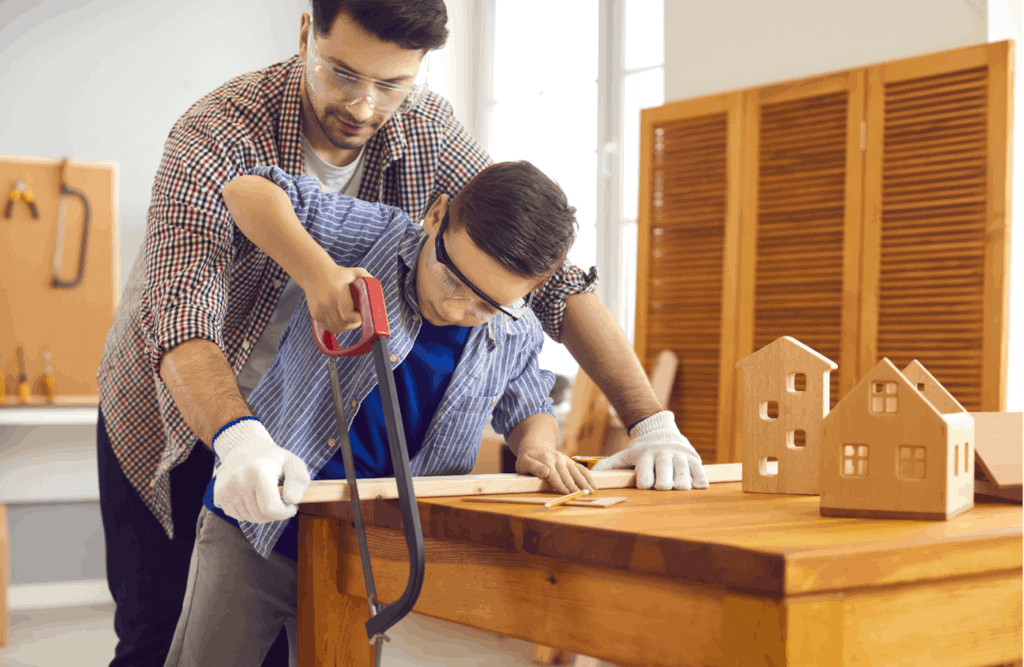
Understanding the Elements Of Montessori Activities
There are some basic elements of
- Promoting independence and self-reliance
- Customizable for individual needs and wants
- Involves creativity and self-guidance
- Incorporates sensory engagement or focus
- Creates engagement without undue frustration
- Fosters an ability to focus on single tasks
- Produces a tangible result or outcome
Activities that meet all of these standards are flexible enough to allow children to naturally experiment and find their own path to success. Though guidance is recommended, especially for young children or dementia patients, such activities do not necessarily require it. Instead, the goal is to provide help only when asked or necessary.
When creating your DIY
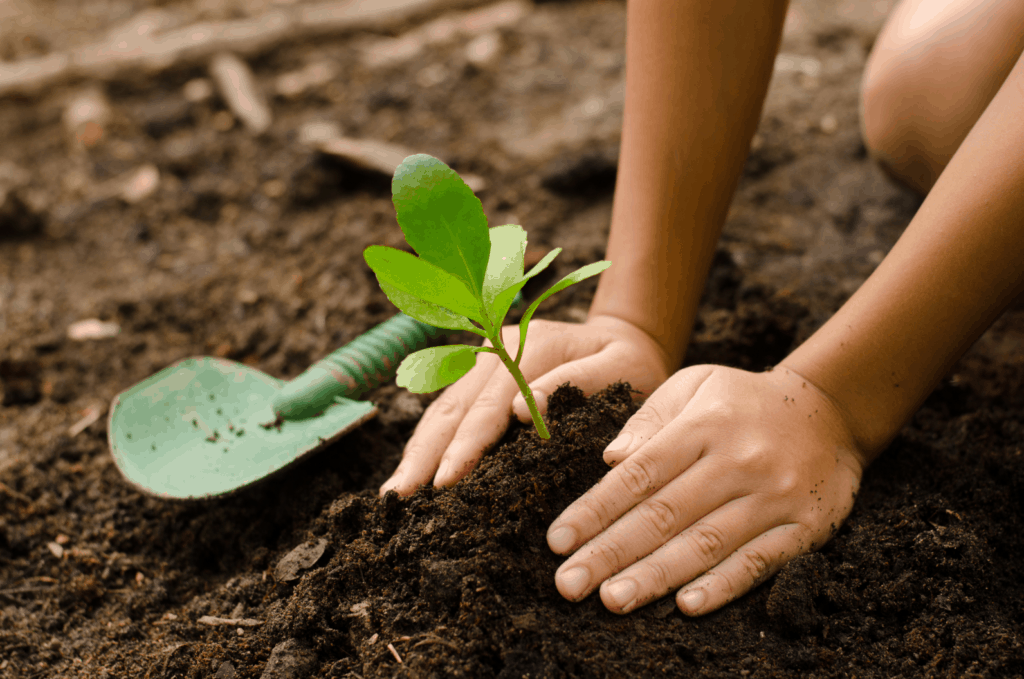
Creating A DIY Montessori Environment
According to the Association Montessori Internationale (AMI), the visible environment should include:
- Accessible furniture
- A variety of workspaces
- Materials displayed for free choice of activity
The furniture should include various types of flexible seating. This can include furniture commonly found in the home, such as couches and kitchen tables, as well as furniture specifically dedicated to learning activities or that individual, such as a personal rug, rocking chair, desk, beanbag chair, etc.
Though you may not realize it, you likely already have a variety of workspaces in your home. Each room may represent a different space: the living room, kitchen, bedrooms, playrooms, and even backyard or porch. Each has its own furniture and can also have its own incorporated activities, thus creating several workspaces in your house with minimal expense or effort.
AMI further specifies that the materials should “support concrete exploration which leads to both practical skills and abstract knowledge.”
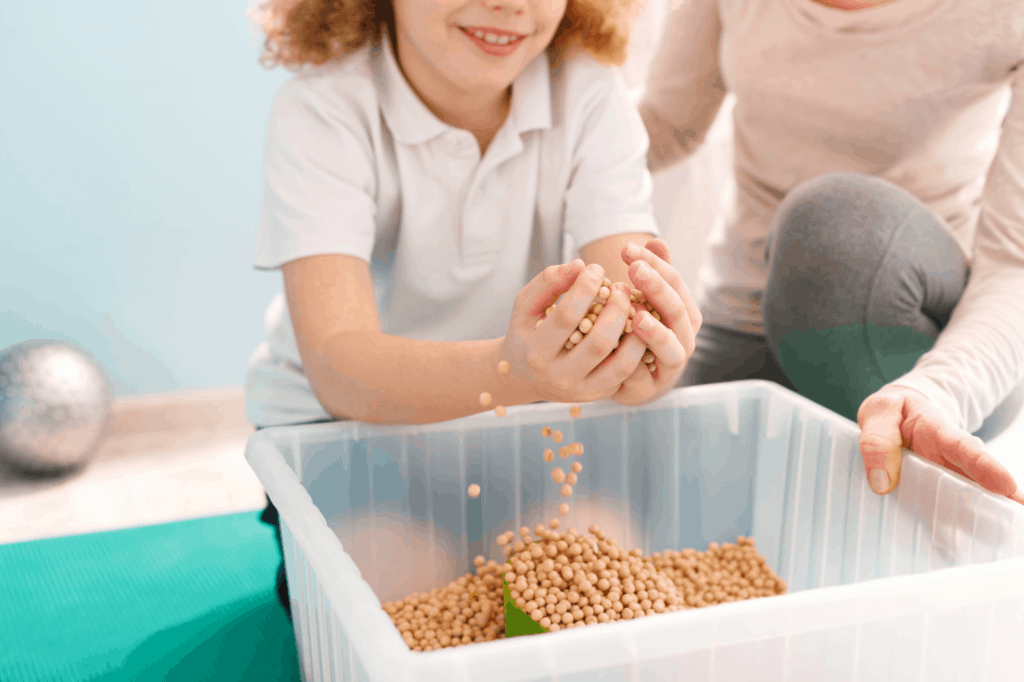
About The Montessori Method
Faced with increasingly rigorous lessons and structure in academic environments, the Montessori Method initially emerged as a radical experiment on the natural instincts of a child. When given independence and loosely directed toward an educational activity, would children struggle and descend into frustration, laziness, or chaos? Or would children adapt, overcome, and learn?
The latter has consistently proved to be the stronger instinct in both children and adults, and the
- Cognitive
- Emotional
- Social
- Physical
This creates a holistic approach to education and learning. This method utilizes children’s natural desire to learn and grow by fostering their independence, creativity, and engagement with the world around them.
The American Montessori Society® (AMS) describes
Since its creation, the Montessori Method has been evolving our understand and implementation of learning. People of all ages have benefited from its focus on flexible and self-paced learning.
Is DIY Montessori As Effective As “Official” Montessori ?
If you search
However, these materials and activities aren’t necessarily any better than those you can produce at home. DIY materials are only different in that you made them, which is in and of itself a
In fact, DIY


